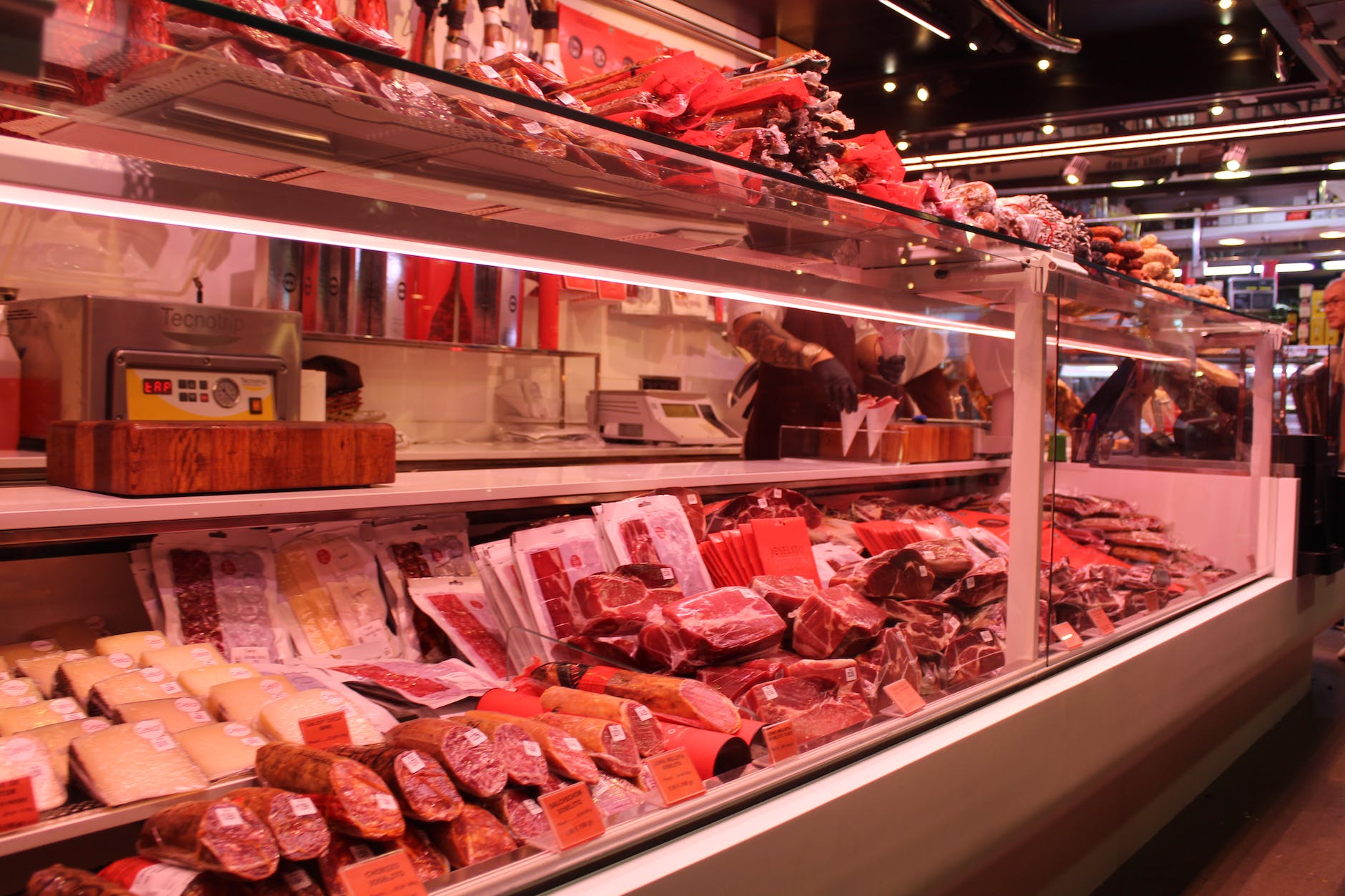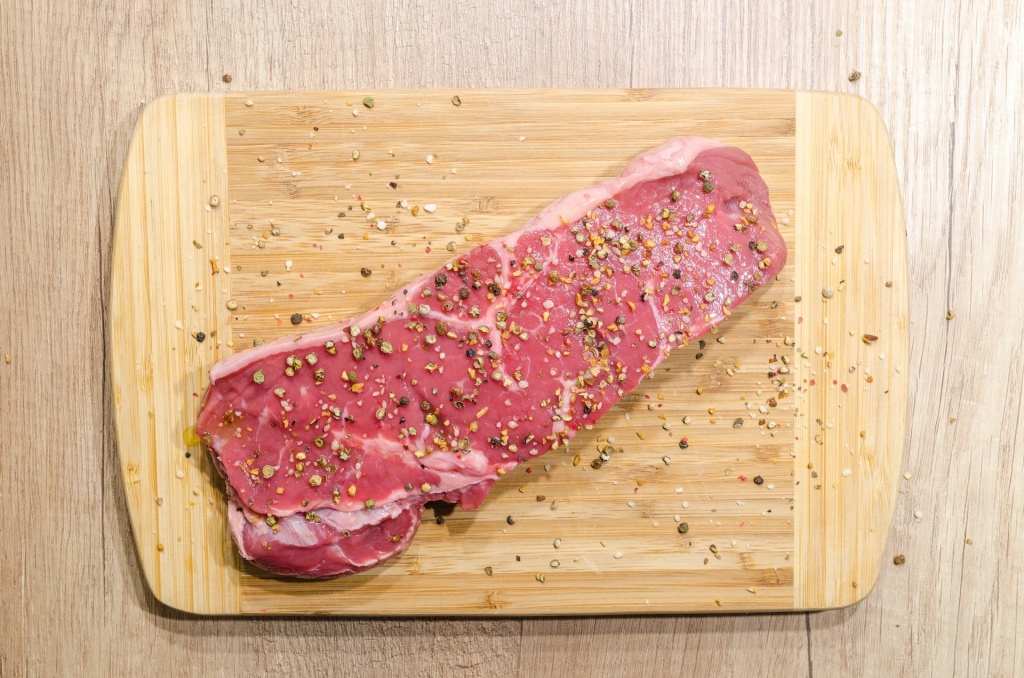
The notion of our evolutionary omnivory is one of high controversy, undeniably inflamed by rounds of animal rights and radical diets as well as the rise of religious cross-culturalism. Recent decades have witnessed the commercialisation of various veggie substitutes like Quorn and Linda McCartney’s in sync with a global transition towards meat-less living. Despite falling prey to the mocking of die-hard meat-lovers, plant-based products remain fairly unproblematic.
Real issues arise where artificial – or ‘cultured’ – meat is concerned. This biotech innovation, in essence, is the synthetic substitute made from animal cells in vitro. While this concept may excite scientists and vegans alike, the lab-heavy visual has earned it the label of ‘Frankenstein food’, accompanied by connotations of uncanny fear. Yet, investments in the cultivated meat sector have soared from £12 million in 2021 to £59 million in 2022 – an increase of 400%, making Britain the top nation for funding in ‘sustainable protein’.
Elsewhere in Europe, however, the picture differs. In fact, I began writing today in response to an article titled ‘Italy moves to ban lab-grown meat to protect food heritage’. To elaborate, an Italian draft bill introduced this month, hopes to ban the production of synthetic meat (or other lab-grown food stuff) in order to ‘safeguard’ the nation’s culture. The bill would even fine those who violate it up to $60,000 – or £53,000.

Minister Francesco Lollobrigida – a senior member of the ‘right-wing’ and ‘post-fascist’ party, Brothers of Italy – has justified the bill by stating that “laboratory products … do not guarantee quality [and] well-being” – the quality and well-being that traditional livestock farming supposedly does. Yet again, the agricultural industry is falling back on a picturesque illusion of rural life and farmyard animals that we are force fed from childhood, politically juxtaposed against a supernatural depiction of biotechnology. But, I believe that there is no pride to be held in the so-called culture of meat production, and the sector certainly does not “guarantee quality [and] well-being” when the whole picture is accounted for.
It’s actually fascinating to note that it is traditional farming’s use of livestock which plays a substantial role in two of the most significant health – and therefore “well-being” – concerns of our generation: bacterial contamination from animal waste and antibiotic resistance from regular prophylactic feeding. In fact, 75 percent of antibiotics sold in the US and the European Union are used not to treat human infection, but rather fed to farm animals. Despite the practice being banned in Europe and ‘discouraged’ in the US, much of this 75 percent is actually administered for purely commercial purposes – to enhance weight gain, therefore meat, and therefore profit. Once administered – with whichever justification – 58 percent of antibiotic material is excreted and thrives in stored manure, spreading bacteria and perpetuating resistance.
Furthermore, any “quality” attained in natural cuts of meat comes only with cost to the quality of nature – without which, farming becomes impossible. The ecological costs of livestock farming are almost endless but a few stand out when compared directly with cell cultivation. A report by the Good Food Institute has correlated the rise of cultured meat with a reduction in ‘one of humanity’s most destructive actions: clearing forests and grasslands for animal feed’. More specifically, this reduction in clearance saves up to 67 percent of land for chicken, and 95 percent + for beef. These land savings will inevitably host a wide array of benefits for biodiversity, and boost natural carbon capture by increasing green space and opening up rewilding opportunities. What’s more, not only is the extent of land itself saved, it is also spared from excessive applications of pesticides, herbicides and fertilisers – agrochemicals which severely harm soil biodiversity, wreaking havoc on its quality, productivity and the whole ecosystem at large. A switch to synthetics wouldn’t put a stop to the whole farming system, merely that which pertains to livestock and their comparatively sizable requirements.

The IPCC’s Special Report on Climate Change and Land has shown that 8.5 percent of global greenhouse gas emissions are directly caused by our current agricultural system, while another 14.5 percent comes indirectly from deforestation – typically to serve agricultural purposes. Meanwhile, cultured meat can be produced in a bioreactor, powered by 100% renewable energy. Obviously, some carbon costs occur through operation, construction and shipping but such figures are likely to be shadowed by the price we pay for farming. With that in mind, synthetic meat could be a major step in meeting emissions targets like those set under the Kyoto Protocol.
Evidently, cultured meat upholds some promising claims for the future of food yet certain practical barriers stand to be overcome. The first synthetic patty to be produced cost a whopping $300,000 – around £243,000. Three years on, Upside Foods created the ‘clean’ meatball for $1,000, or £800. While these figures are fairly staggering, the price is prior to industrial upscaling for the competitive market. It was stated by Matt Ball at the Good Food Institute and relayed by LabBioTech, “today, you can buy an iPhone for a few hundred dollars, but the first one cost €2.3B” (£2.03B). A think tank, ReThinkX, even suggested that protein derived from ‘precision fermentation’ will actually be around 10 times cheaper than animal protein by 2035.

Unfortunately, economically trouncing the supply and demand of agricultural output today cannot be the end goal of cultivated meat. While I believe that Italy’s blanket ban is fundamentally pointless and anti-progressive, the statistical pros of synthetic meat are not going to end ecological catastrophe. Synthetic substitutes unequivocally have a lesser carbon footprint than meat, yet industrial upscaling of artificial production heads no behavioural adaptation. Instead, we seem to construct a societal fallacy that technology will save us, that there will always be a solution. Sadly that’s not true. Making supermarket swaps for green labels and paper packaging is all well and good, but we must be prepared to support the larger cause of de-growth by focusing on anti-globalised small-scale farming rather than endlessly increasing consumption under a system that is killing us.

Leave a comment